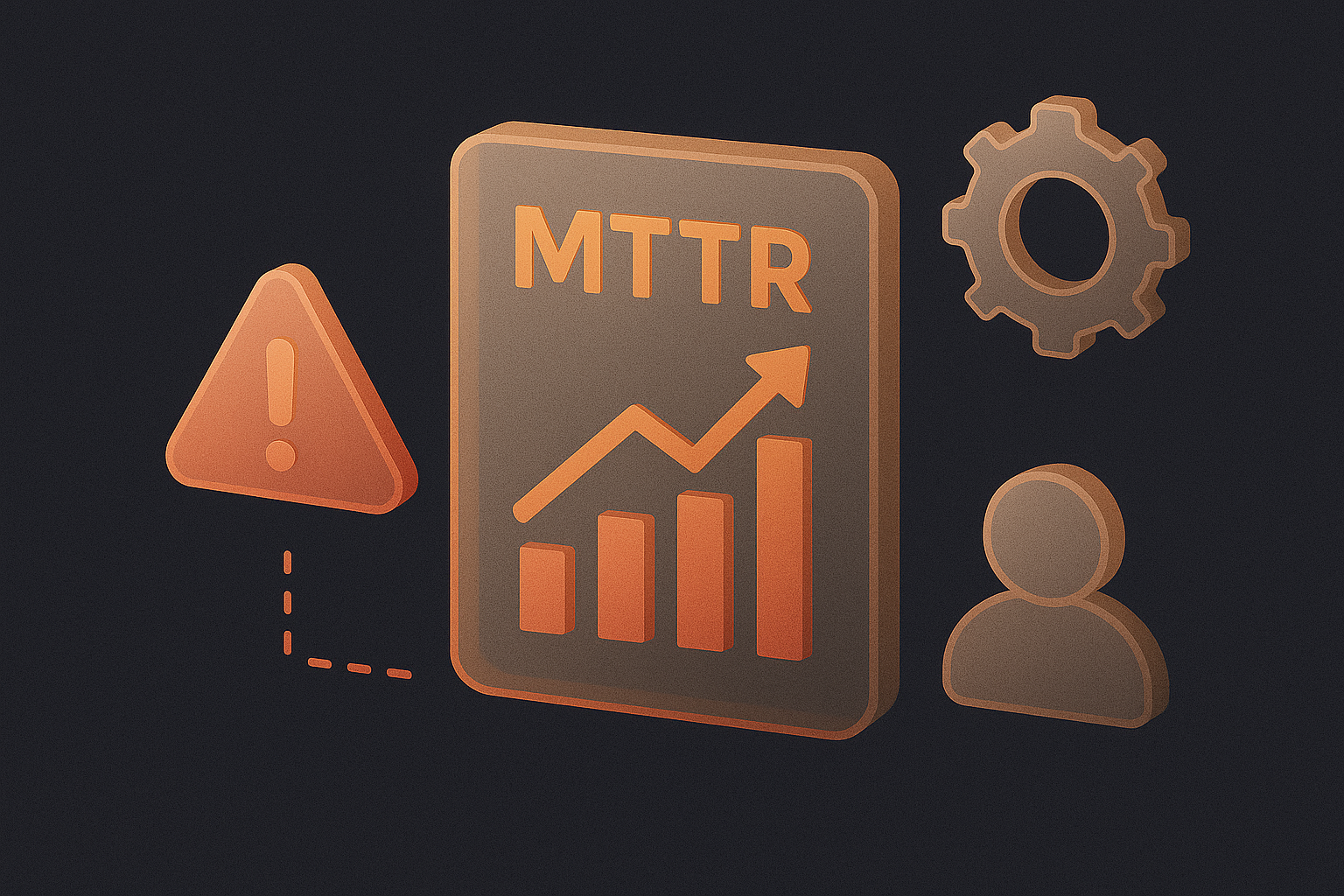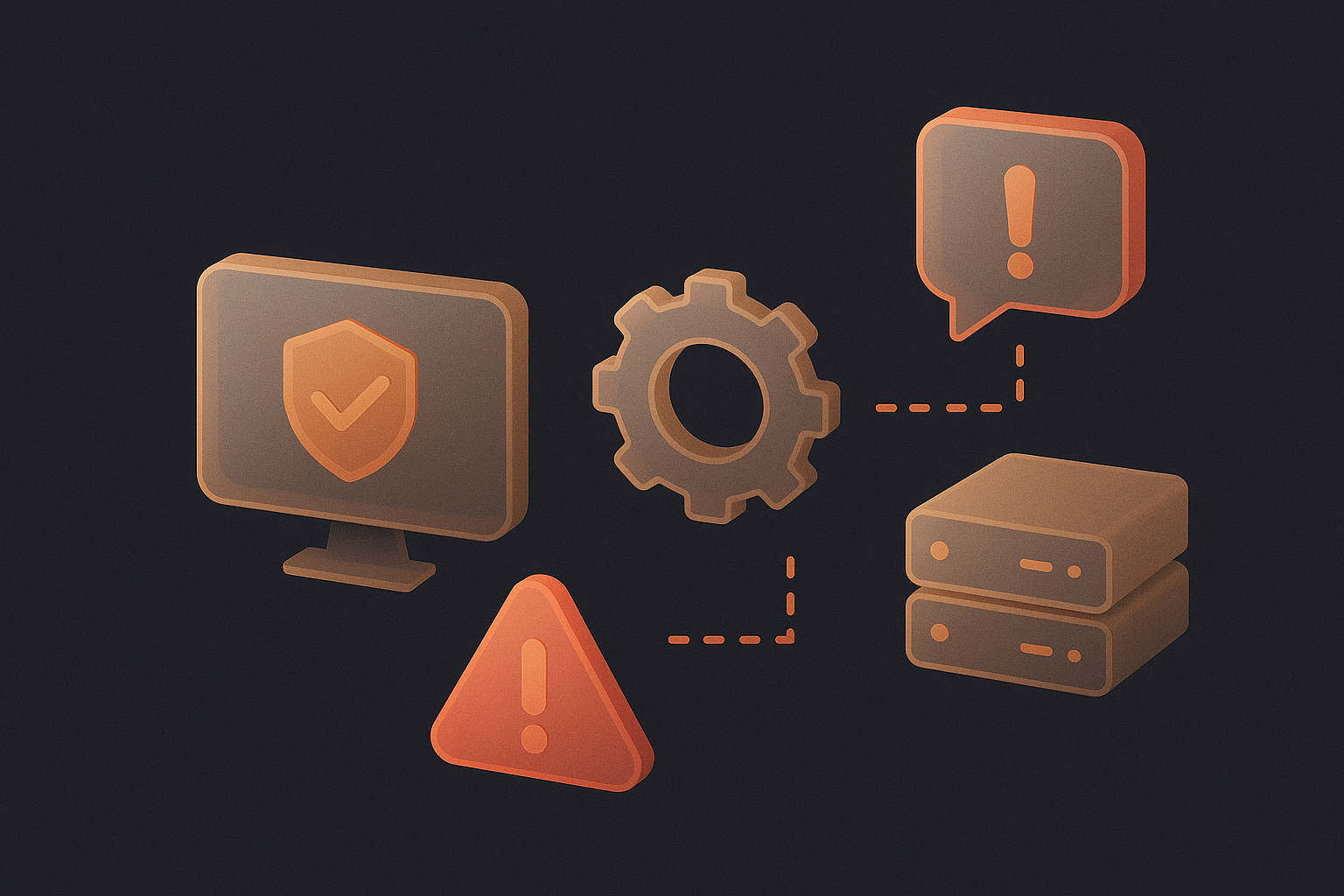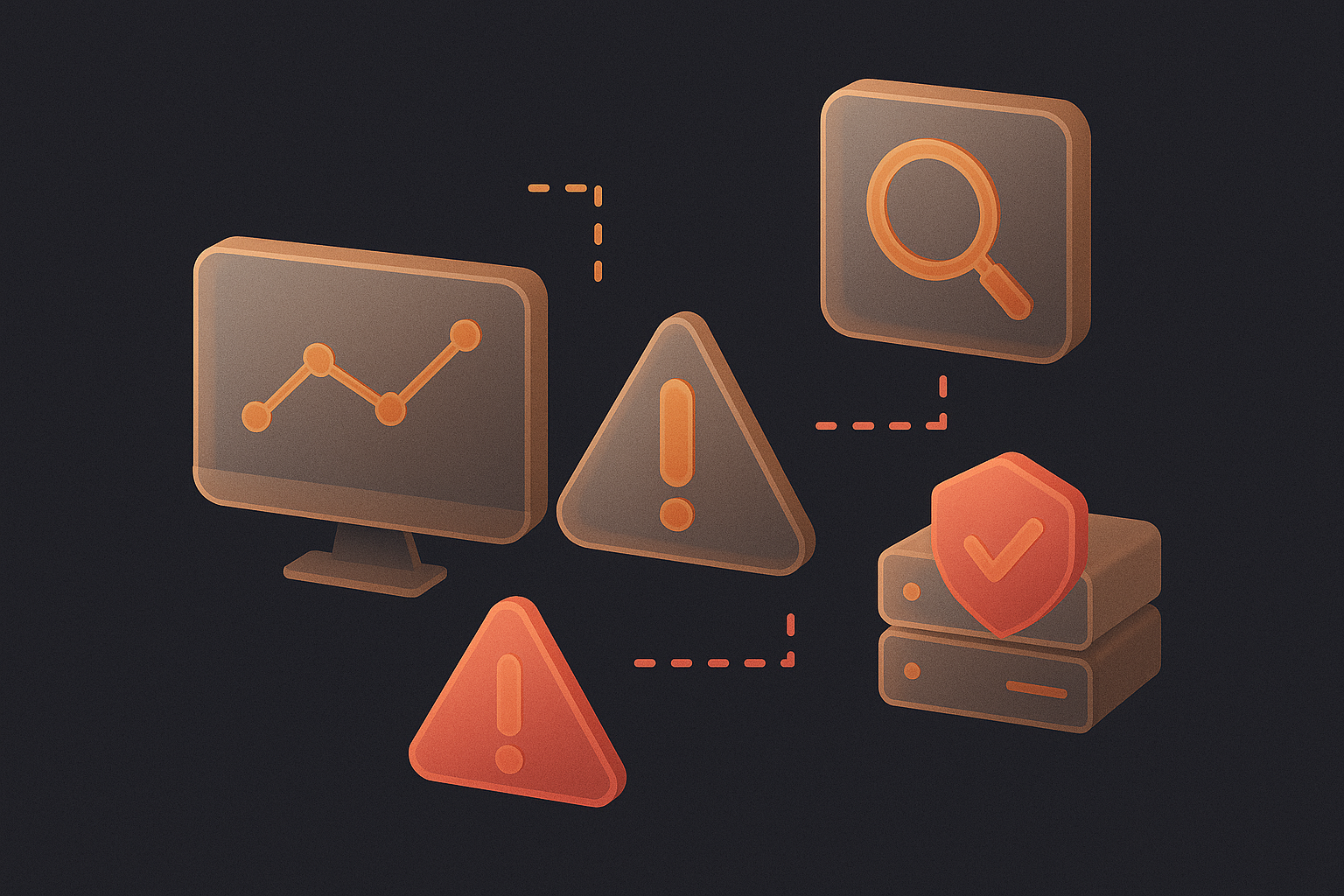An enterprise can use an oncall schedule that defines who is available to respond to incidents 24/7.
Yet, how your enterprise builds and manages its oncall schedule can impact departments and stakeholders across your organization.
When it comes to oncall scheduling, your enterprise must plan as much as possible. Fortunately, with the right processes and tools, you can effectively implement and manage an oncall schedule. You can also use this schedule to quickly identify and resolve incidents and prevent them from causing long-lasting damage to your organization and its stakeholders.
Different Types
Common on-call schedules include:
1. Primary and Secondary
Ensures various team members are notified about an incident as soon as it occurs. If these team members are unavailable, secondary responders are alerted until the incident is resolved.
2. Follow-the-Sun
A follow-the-sun schedule plan ensures team members are alerted based on their time zone. With this on-call schedule, an enterprise can verify round-the-clock coverage is in place that corresponds to team members’ standard business hours. AlertOps’ ability to nest teams within groups allows for easy scheduling capabilities not present in other tools.
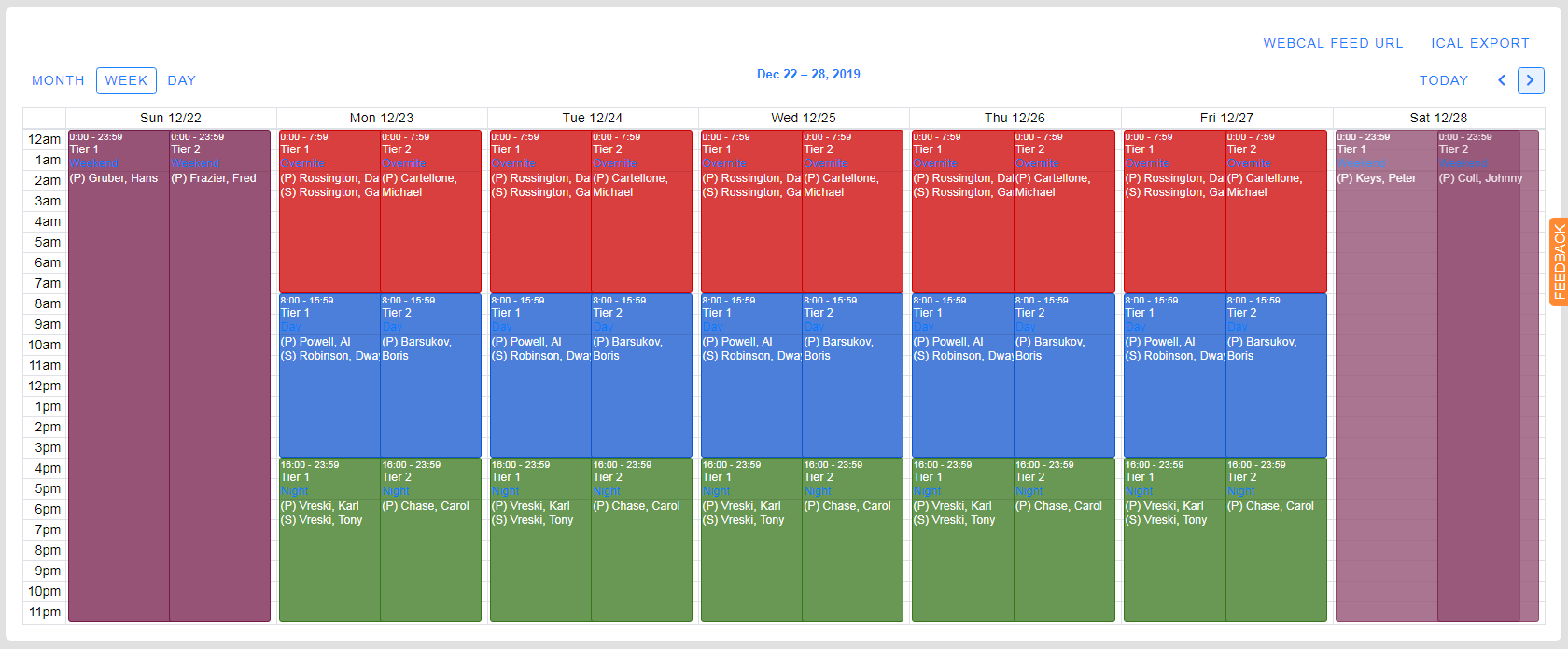
3. Bi-Weekly
A bi-weekly schedule involves making team members available to respond to incidents every other week. This type of schedule may include myriad layers in accordance with team members’ tasks and responsibilities.
4. Inverse
An inverse schedule involves alternating team members as primary and secondary responders. It gives an enterprise the flexibility to swap primary and secondary responders as needed.
5. Rotating
A rotating schedule may include changes that take place daily, weekly, or monthly. This type of schedule enables an enterprise to instantly move team members in and out of a rotation. An enterprise may even use a rotating schedule to change out personnel every hour of the day. The right schedule varies depending on the enterprise. But, by considering the on-call schedule options at its disposal, an enterprise can find one that minimizes the risk of missed communications that can cause expensive, time-consuming downtime and outages.
Key Tenets of Call Schedule
To develop an effective schedule, you need to consider a variety of factors, such as:
1. The Size of Your Team
Regardless of team size, your schedule should make it simple for the right team members to get timely, relevant notifications, and escalate incidents accordingly. AlertOps scheduling provides a unique single-pane view of schedules for multiple teams, making it easy for Managers to view their team’s schedules.
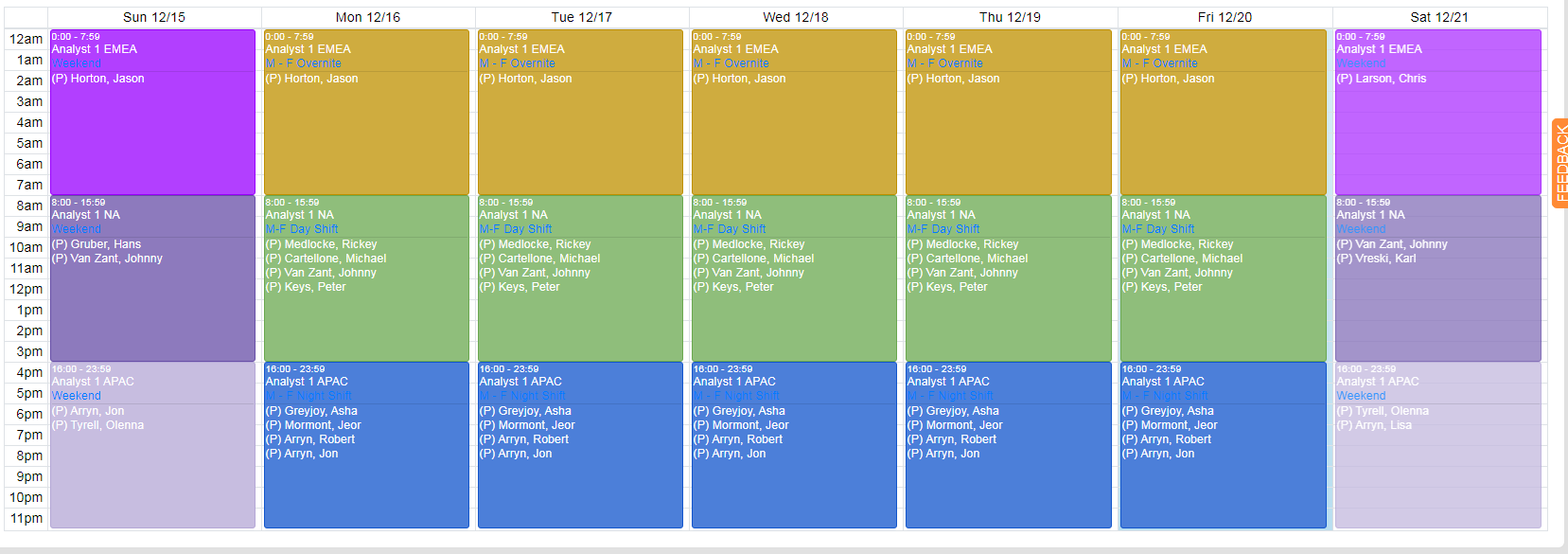
2. Team Location
It is often beneficial to set up an on-call schedule that lets team members manage incidents during normal business hours. That way, on-call team members can receive and respond to notifications during their preferred shifts.
3. Employee Capabilities
A schedule should ensure that team members who have the skills and experience to deal with incidents. Because, without the right team members on call, your enterprise is unlikely to fully resolve an incident.
4. Employee Preferences
Your on-call schedule should account for employee preferences. If your enterprise understands what it can do to help on-call team members to perform their best, you can set up schedules that enable these employees to consistently deliver the best results.
5. Backups
Your on-call schedule should have one or more backups in place. Over time, it can become easier to add backups as a team grows. In this instance, you should keep a close eye on on-call schedules to avoid scheduling certain team members too often; otherwise, you could put these employees at risk of burnout. And when team members do need some time off they can schedule their own Out of Office exceptions and assign a covering person within AlertOps, so managers don’t have to.
5. Peak Season Scenarios
You will undoubtedly have additional stress placed on your team during high-traffic consumer holidays like Black Friday. Having capabilities that allow for overlapping schedules is key. AlertOps allows for holiday overrides to easily handle “Black Friday” incident management scenarios.

By collaborating with employees, your enterprise can establish an oncall schedule that meets the needs of its organization and its stakeholders.
The Relationship Between an OnCall Schedule and OnCall Management
Along with the aforementioned factors, it is paramount to consider oncall management relative to oncall scheduling. It should be easy to access oncall schedules and update them based on team member availability. At the same time, enterprise stakeholders should have no trouble getting in touch with oncall team members, and these team members must be able to seamlessly communicate and collaborate with one another throughout an incident.
Over time, your enterprise must identify ways to continuously improve its oncall management and scheduling. By maintaining a consistent commitment to improvement, your enterprise can identify ongoing issues and resolve them. Plus, your enterprise can develop and implement oncall schedule best practices.
Common Mistakes (and How to Avoid Them)
It can be tough to create an oncall schedule that works well for your enterprise starting on day one. In fact, many oncall schedule problems can arise, such as:
1. One-Size-Fits-All Approach
The call schedule that suits one enterprise may be inadequate for another. So, it is crucial to maintain an open approach with oncall scheduling, as this ensures that your enterprise won’t be locked into an oncall schedule that does not meet the needs of its organization and stakeholders.
Consider the viewpoints of all stakeholders involved in call scheduling. Ask team members how they prefer to view and manage schedules and give them the flexibility to implement schedules accordingly. Of course, if oncall schedules are ineffective, encourage team members to implement changes and track their results.
2. Lack of Flexibility
There may be times when employees take vacations, are out sick, or unavailable for extended periods. In these cases, schedule should be simple to modify.
Provide team members with the flexibility to modify schedules whenever necessary. A schedule should not be set in stone; rather, the schedule is an ongoing work in progress. If team members can adjust the schedule to keep one another up to date, they can avoid missed communications and unresolved incidents.
3. Overreliance on On-Call Engineers
An oncall engineer is a key contributor to your enterprise’s success. On the other hand, incident notifications may require support from other teams and individuals as well.
Ensure call schedules include the appropriate team members. It may be tempting to include only engineers in schedule, but messages should be routed to any team or team members who can handle them.
4. No Work-Life Balance
The best team members may be the first ones added to your schedule. They may also face the greatest risk of burnout if they are scheduled too often.
Ensure that schedule accounts for work-life balance. No team member should be at risk of getting alerts at any time during the week. Instead, split up hours on an oncall schedule to help team

